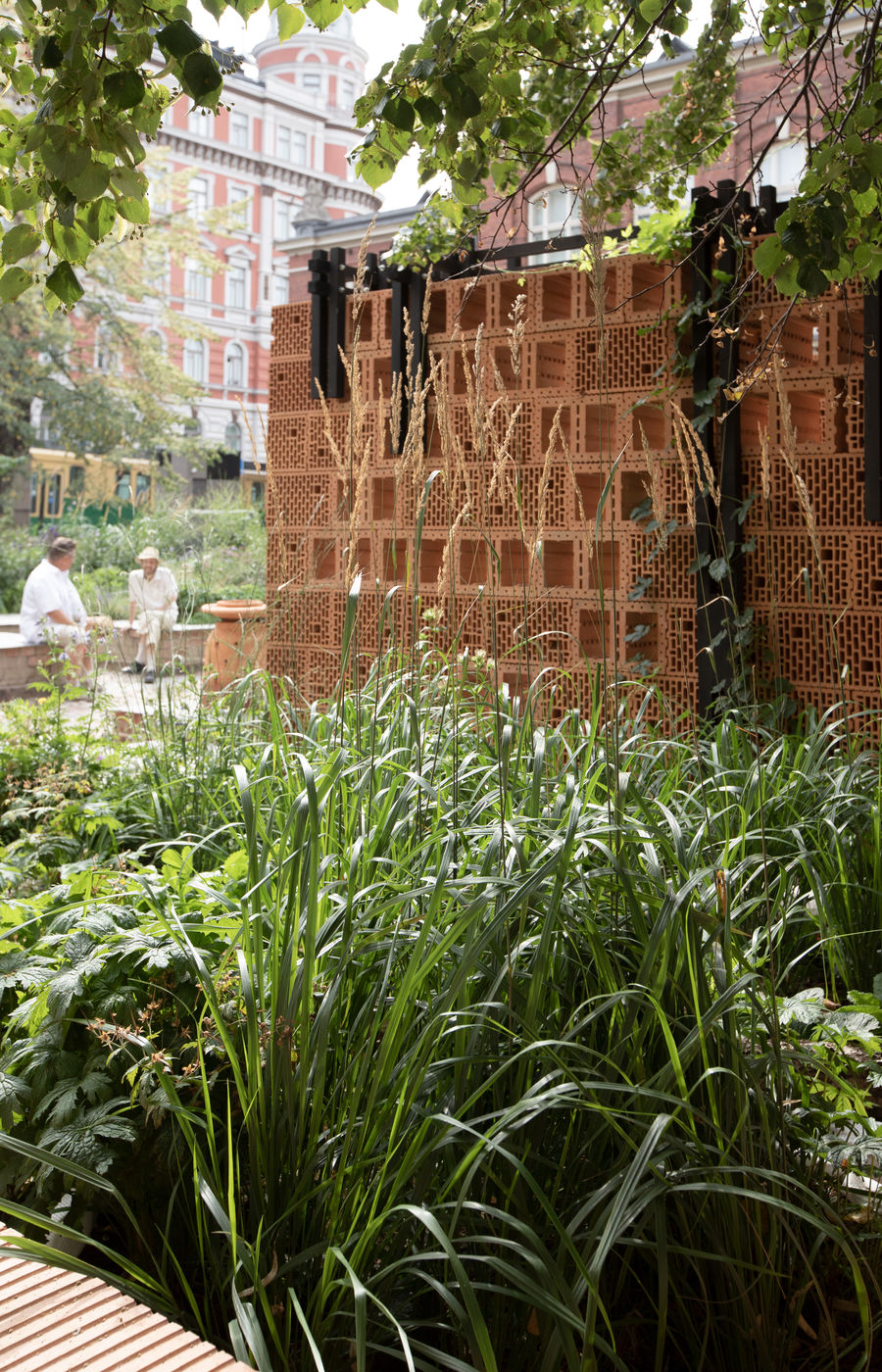
What do you think would happen if we rethought the architecture and built environment?

By inviting nature back to the cities, we could benefit biodiversity and give non-human beings from pollinators to microbes a bit more space to flourish.
However, the major impact is hidden below the surface.
This kind of shift could renew our relationship with nature
and encourage us to step down from our pedestal and consider non-human beings first.

‘Through Alusta pavilion we wanted to make visible the processes that sustain life.
It’s difficult to form a caring relationship with something you don’t know.
Our aim was to create a platform for encounters between humans, pollinators and plants.
The collaboration with ecologists revealed the importance of soil and microbes for the biodversity. It also unfolded the previously invisible interactions and relationships that are constantly present in our everyday lives.
Through the design and construction of the pavilion I got acquainted with new plants and animals, their individual characteristics and needs. The process enriched my world view.'
– Architect Maiju Suomi, Alusta pavilion
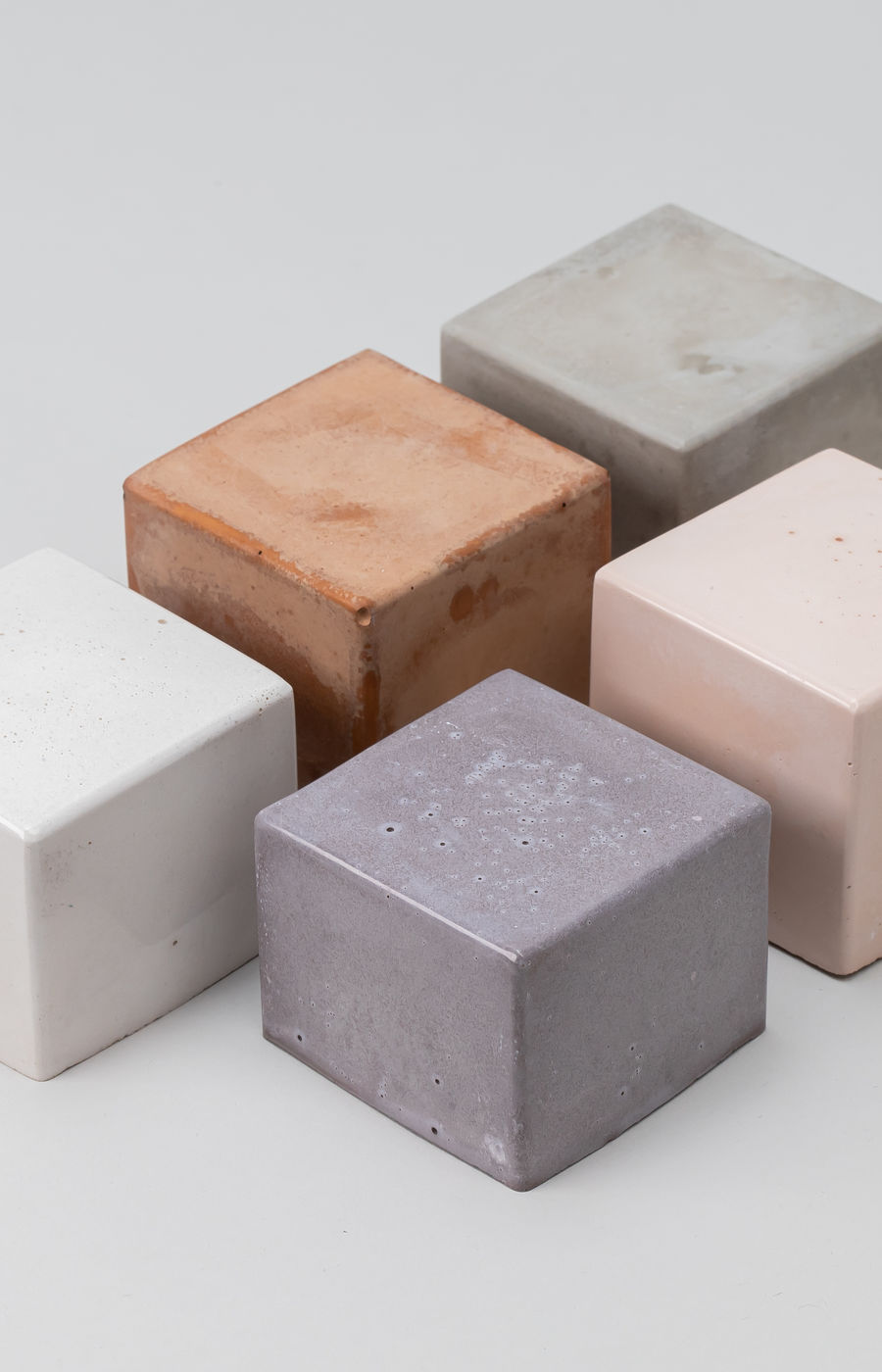
Solving the issues of the construction industry calls for creative and bold ideas, such as
replacing concrete with unfired clay.
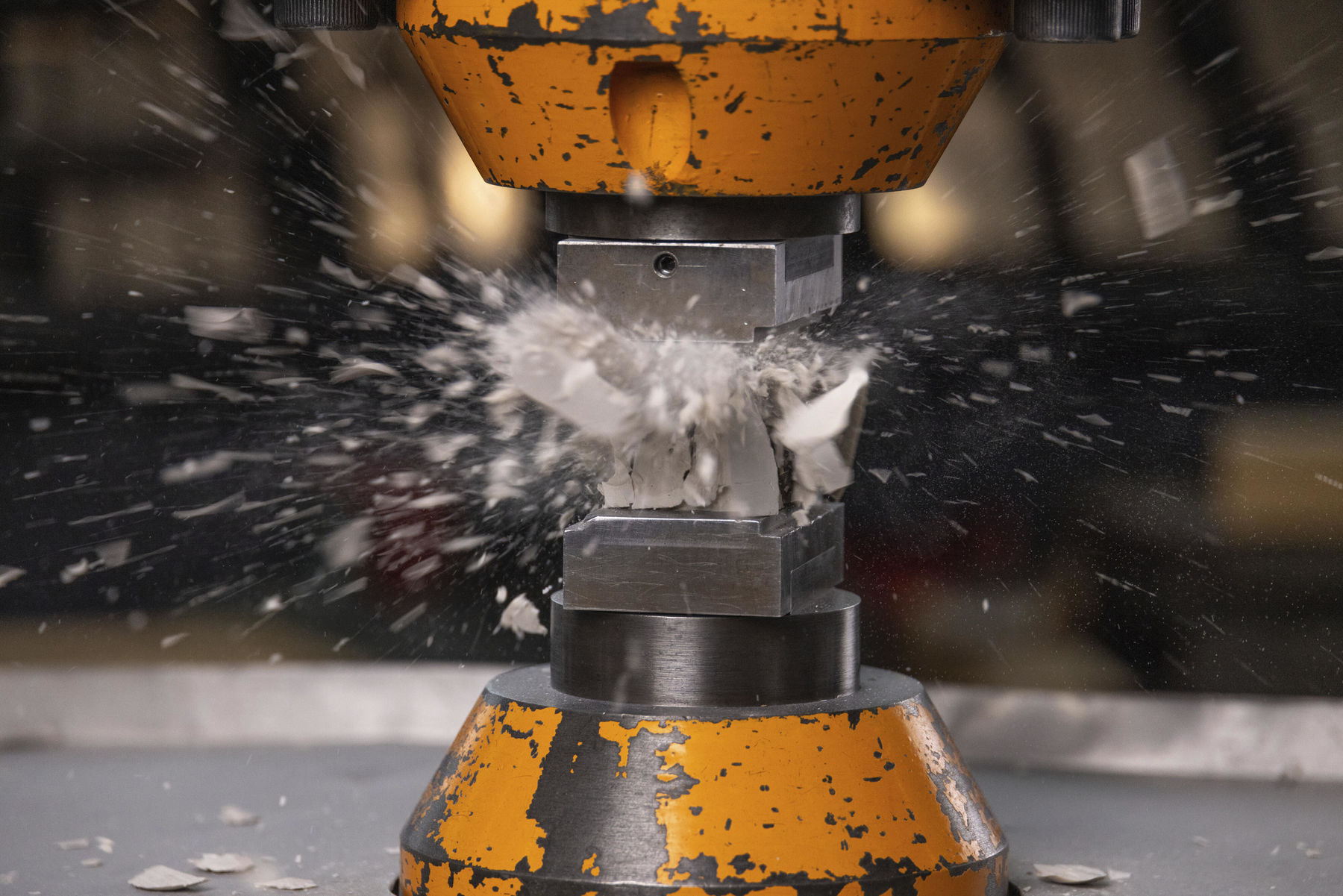
Chemistry is the key.
Material of choice is combined with an activating solution, and through chemical process this mix turns into a solid material.
Even previously underutilised materials are eligible in this process – local minerals, ceramics waste or leftover soil at the construction sites.
Unfired clay could also curtail the high energy consumption of ceramics production, transforming the way we think about ceramics.
Wooden architecture is already widely discussed, but still seldom lives up to its full potential.
There is much more to it than just being a renewable resource for the construction sector.
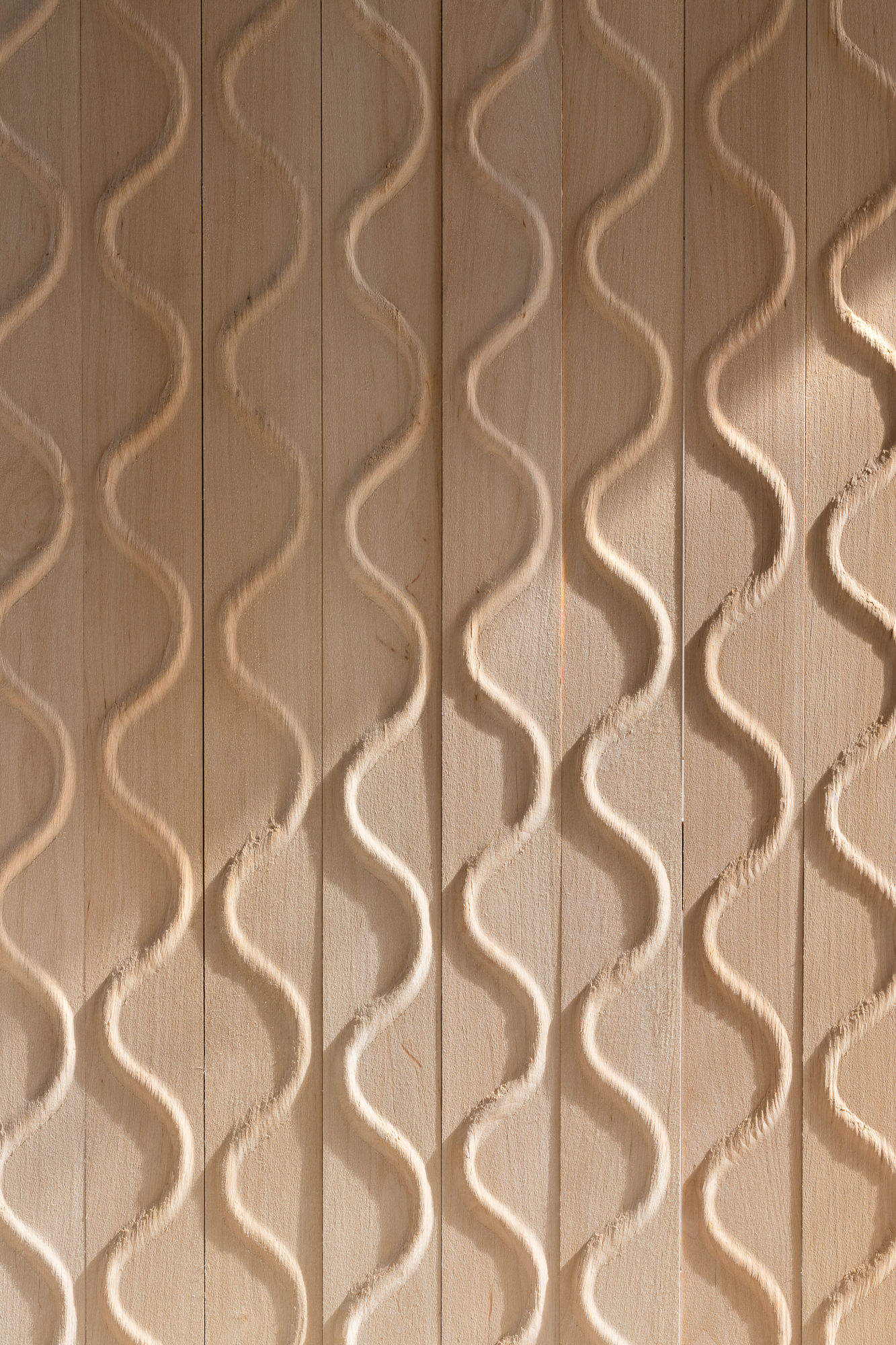
There is plenty of room to rethink the way we currently use wood.
Imagine if impeccable durability and fire retardancy of a wooden building didn't mean compromising sustainability or aesthetics.
Wood modifying technology currently under development could offer all this.
The cost of these non-toxic and ready-to-install panels would be approximately same than traditional thermally treated wood.
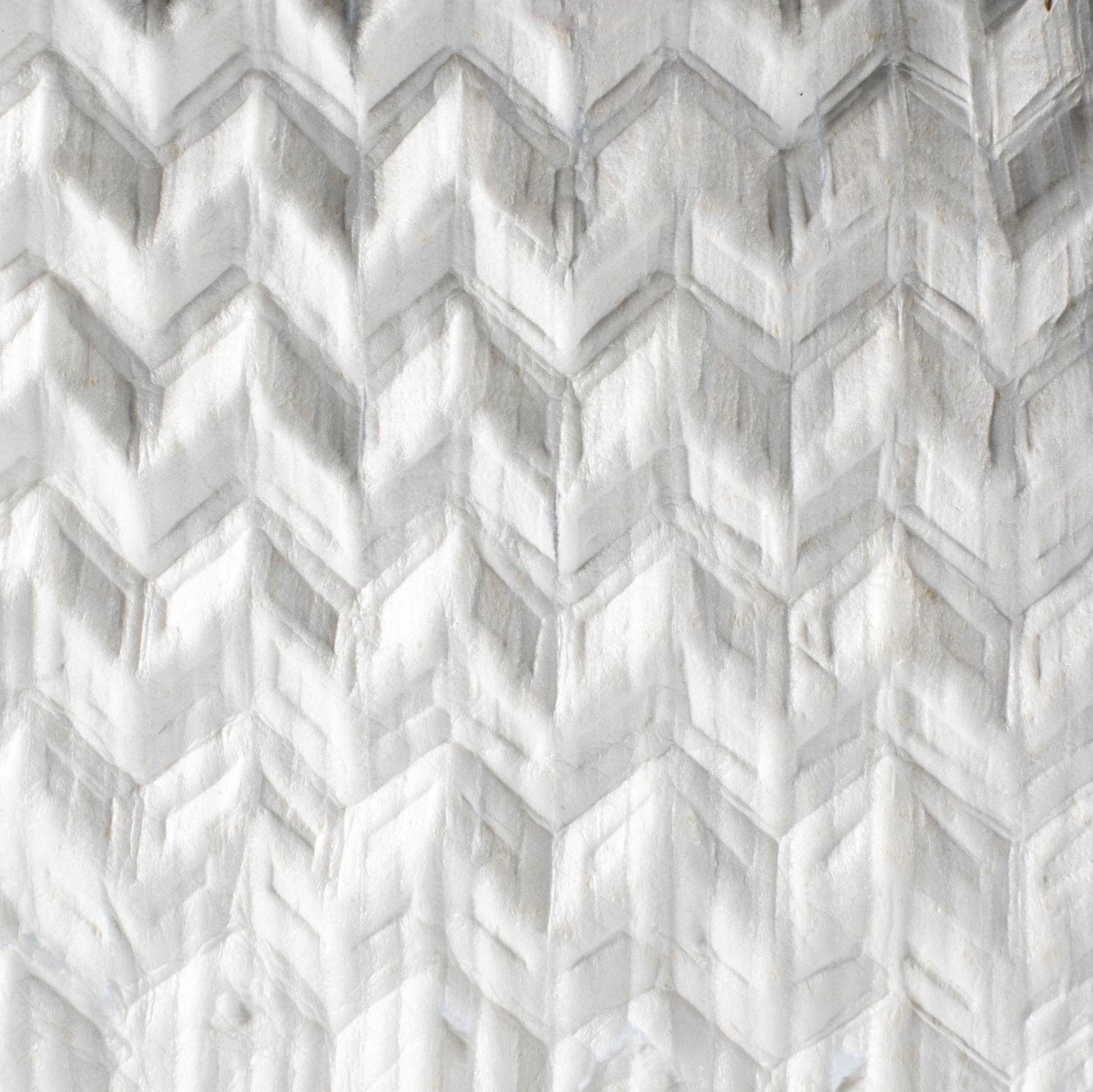
Or the ways we don't use it – yet.
Biofoam acoustic panels harness the forest industry's side streams to provide thoroughly sustainable solutions for noise management.
How we build and design matters too.
We could design modular buildings that can be deconstructed and moved to new locations, but also adapted to fit changing needs.
Instead of building entire buildings anew, we could play with existing parts and only replace worn out or broken ones.
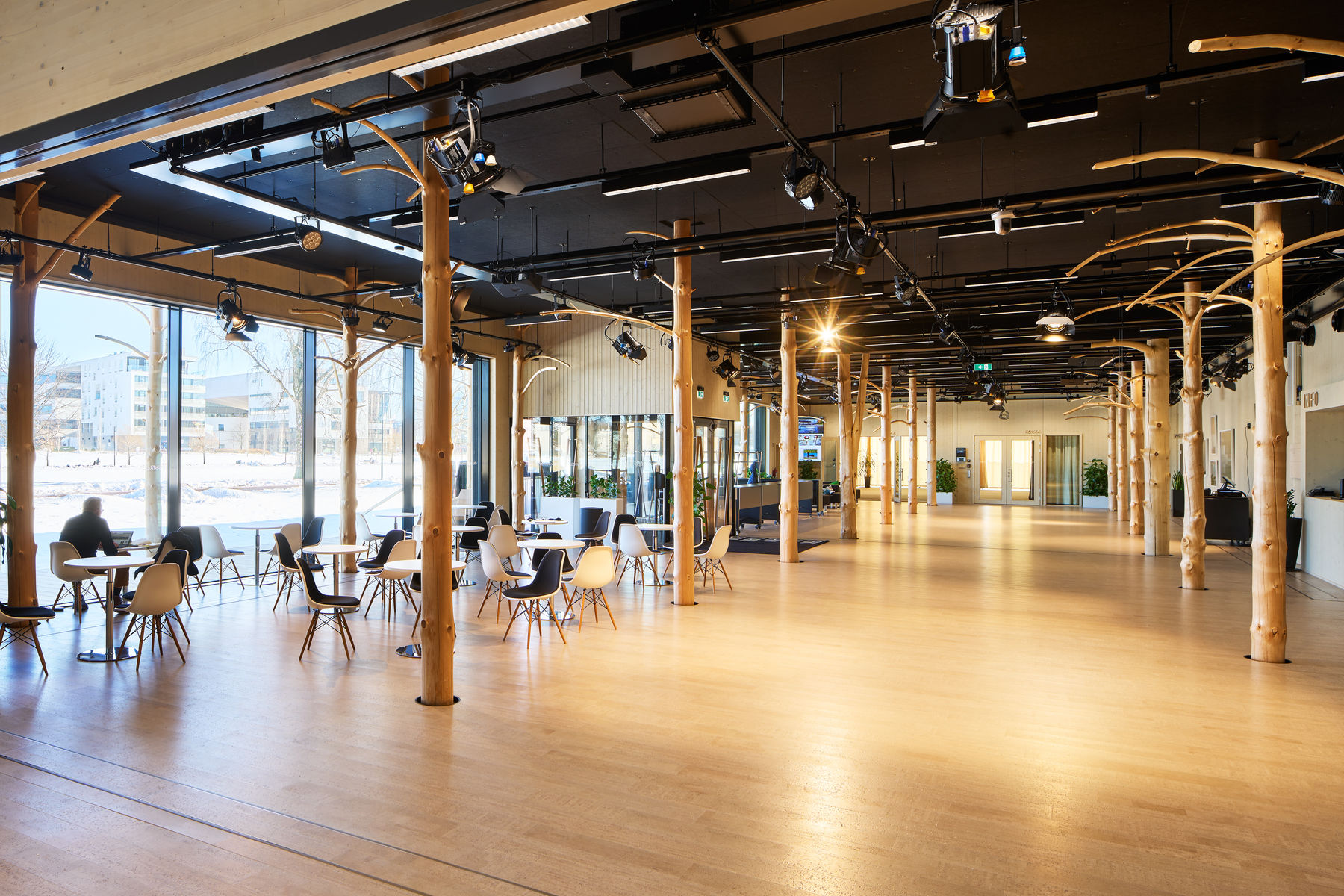
We could design modular buildings that can be deconstructed and moved to new locations, but also adapted to fit changing needs.
Instead of building entire buildings anew, we could play with existing parts and only replace worn out or broken ones.
Leftover and waste wood also provide a plethora of possibilities for those who are willing to see them.
When the material takes the lead in the design process, it can make room for new thinking, norms and aesthetics.